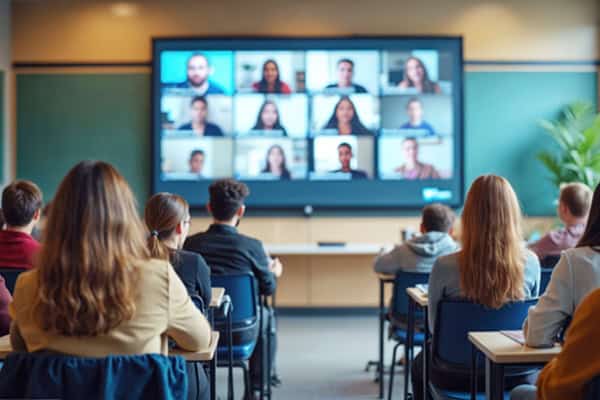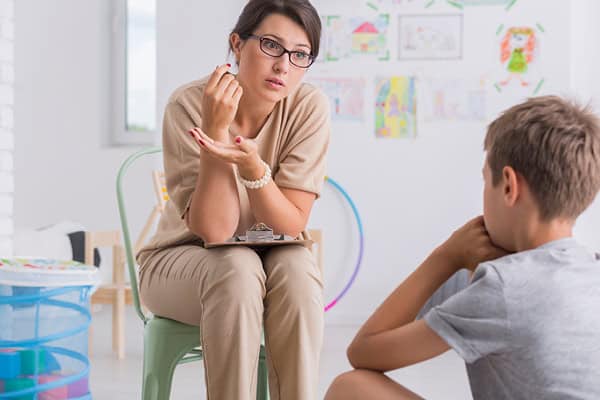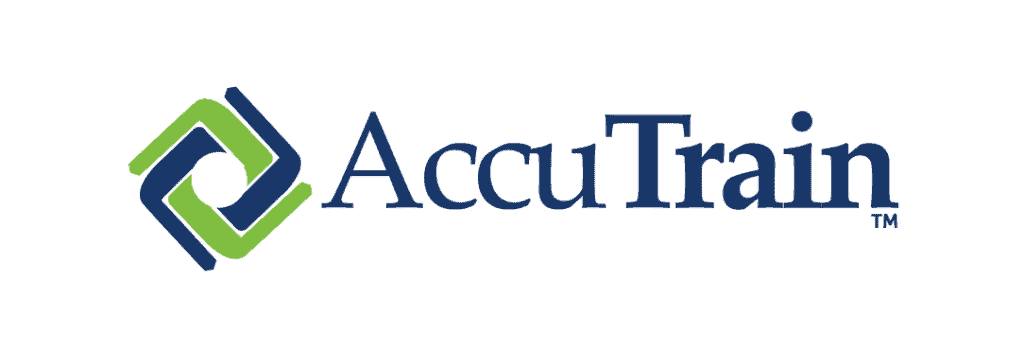A 22-year-old program at the University of Virginia helps school districts find ways to improve student learning based on local circumstances, according to an article in K-12 Dive.
The process typically takes 2 1/2 years or more. It involves multiple staffers at the school and district levels and requires reviewing case studies, having on-site visits and a series of hands-on sessions at UVA’s Charlottesville campus. Data analysis and strategic planning occur simultaneously at the local level.
UVA’ Partnership for Leaders in Education (PLE) program requires a dedicated commitment that can produce significant positives. The UVA-PLE program has worked with 190 districts and more than 900 schools from 33 states, according to William Robinson, executive director of UVA-PLE.
UVA-PLE uses a similar approach in each school system to find ways to improve student learning based on local circumstances. Opportunities for improvements are identified at the start of each district’s collaboration with the UVA program. Then short and long-term strategies are devised that hopefully will result in sustainable change.
The next step: district leaders and administrators at chosen “learning lab” schools — typically low-performing — work together and with UVA-PLE to determine goals and action plans at the district and school levels. Increasing the intensity and quality of leadership coaching and support to the chosen schools is a necessary requirement. By the final year of the district-UVA partnership, the aim is to scale what worked in learning lab schools across the district.
The approach is not entirely prescriptive but based on the specific circumstances of each partnering school system, Robinson explains.
The UVA-PLE approach led to positive results on student achievement in math and for English learners in English language arts in underperforming New Mexico schools, according to a 2021 article in the Journal of Research on Leadership Education.
Robinson and the university cite other results from UVA-PLE partnerships:
- Indianapolis Public Schools’ participation in the UVA-PLE program from 2021 to 2024 helped the district implement an approach for academic improvements that was actionable and measurable, says Erica Robinson, one of the district’s five executive directors of schools.
The program helped the district “build good instructional leaders and the conditions for success that are necessary to help students be better,” she says.
- In 2019, Georgia’s Fulton County Schools recorded a 90% decrease in systemwide F-rated schools, while also increasing college admission at three high schools by 50%.
- Wisconsin’s Fond du Lac School District increased elementary English language arts proficiency rates from 34% in 2021-22 to 48% in 2023-24 and math proficiency
- O.T. Bonner Middle School in Danville, Virginia, lowered its chronic absenteeism rate from 21% in 2022-23 to 5% in 2023-24. The school also increased its math proficiency rate from 61% to 79% at the same time.
- Arizona’s Kyrene School District began its UVA-PLE partnership in 2019. As the student population declined and charter school options grew, the district encouraged schools to offer unique academic programs, such as dual language and arts instruction.
It shifted from a one-size-fits-all approach of allocating resources equally among schools to a more customized while equal distribution. It identified schools with low performance as RISE UP schools and collaborated with UVA-PLE to help the district and schools develop sustainable practices for improvement.
There are currently eight RISE UP schools in the district, which has more than 13,000 students in pre-K-8.
With assistance from UVA-PLE, the district sought to improve how it supports schools through data-driven decision making, assessments and curricula. It also made workforce changes to allow teachers more planning time. And it implemented a weekly two-hour meeting between principals and supervisors for coaching and other purposes, says Carrie Furedy, associate superintendent at Kyrene School District.
Schools often contract with UVA-PLE using Title I or Title II money or by using state or federal school improvement dollars. Some systems also rely on local philanthropic organizations for financial support, says Robinson. Cost savings may accrue to participating districts through staff retention, improved academic performances and workflow efficiencies, he says.
Working in silos or implementing initiatives carried out in a top-down fashion are typical ways schools try to improve learning outcomes. But Robinson says, “It’s about ensuring that the organizational design is working on behalf of students in schools and helping system leaders really learn how to create responsive supports to schools that drive outcomes and grow leadership along the way.”
K-12 Dive





